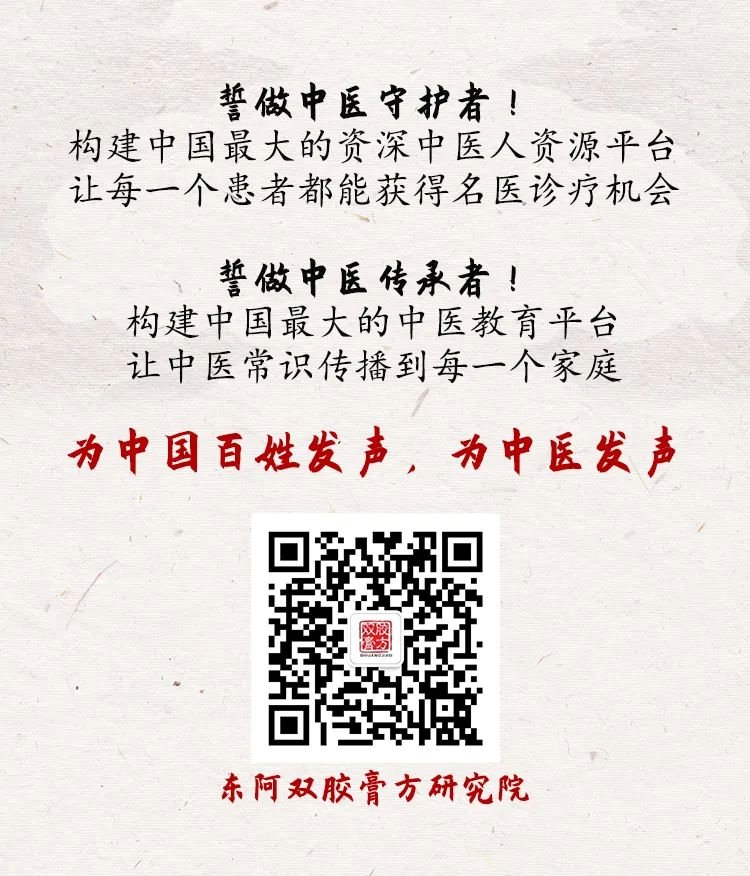
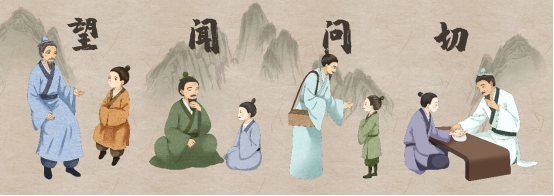 Written by Dong’e Double Glue Medicinal Paste Research Institute
Written by Dong’e Double Glue Medicinal Paste Research Institute
In Traditional Chinese Medicine (TCM) clinics, it is often observed that as soon as a patient enters and sits down, the first thing they do is extend their arm and say, “Doctor, please take my pulse and see what illness I have.” Is TCM diagnosis solely reliant on pulse taking?Actually, it is not.Experts from the Dong’e Double Glue Medicinal Paste Research Institute inform us that TCM emphasizes “the Four Diagnostic Methods”: observation (望诊, wàng zhěn), listening and smelling (闻诊, wén zhěn), inquiry (问诊, wèn zhěn), and palpation (切诊, qiè zhěn). These methods involve observing the patient’s mental state, tongue appearance, inquiring about discomfort symptoms, understanding changes in the condition, and sensing abnormalities in the patient’s pulse to comprehensively assess the patient’s health status.
Observation (望诊, wàng zhěn)
Diagnosis (诊, zhěn)
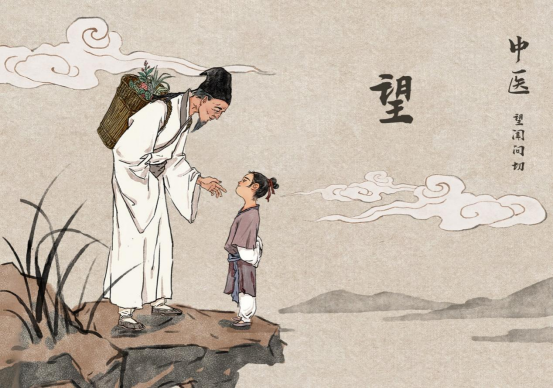 Observation is divided into general observation and localized observation. Long-term practice in TCM has proven that there is a close relationship between the external body and the internal organs, especially concerning the face and tongue. General observation includes assessing the spirit, color, shape, and posture; localized observation includes examining the head and face, five sense organs, neck, body, limbs, and skin.Experts from the Dong’e Double Glue Medicinal Paste Research Institute particularly emphasize that observation should be conducted in sufficient lighting, preferably natural light.
Observation is divided into general observation and localized observation. Long-term practice in TCM has proven that there is a close relationship between the external body and the internal organs, especially concerning the face and tongue. General observation includes assessing the spirit, color, shape, and posture; localized observation includes examining the head and face, five sense organs, neck, body, limbs, and skin.Experts from the Dong’e Double Glue Medicinal Paste Research Institute particularly emphasize that observation should be conducted in sufficient lighting, preferably natural light.
Listening and Smelling (闻诊, wén zhěn)
Diagnosis (诊, zhěn)
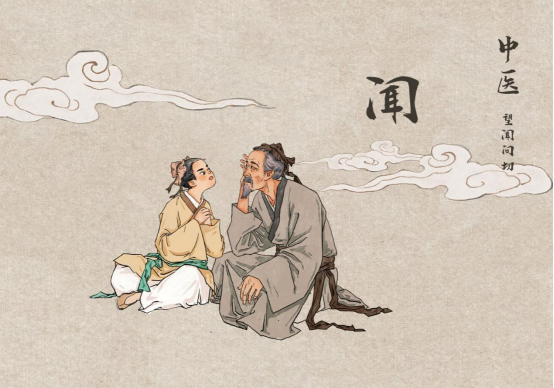 Listening and smelling involve inferring diseases from the sounds and various odors emitted by the patient. By examining the patient’s voice, speech, breathing, coughing, vomiting, belching, sneezing, and other sounds, one can distinguish between cold, heat, deficiency, and excess based on the volume, pitch, and clarity of the sounds.As for the odors from the body, they are primarily caused by pathogenic factors affecting the internal organs, qi, blood, and body fluids, leading to foul odors.Different odors can help differentiate the cold, heat, deficiency, and excess of the internal organs.Generally, foul and rotten odors are mostly associated with heat patterns; while no odor or a slight fishy smell is often linked to deficiency and cold patterns.
Listening and smelling involve inferring diseases from the sounds and various odors emitted by the patient. By examining the patient’s voice, speech, breathing, coughing, vomiting, belching, sneezing, and other sounds, one can distinguish between cold, heat, deficiency, and excess based on the volume, pitch, and clarity of the sounds.As for the odors from the body, they are primarily caused by pathogenic factors affecting the internal organs, qi, blood, and body fluids, leading to foul odors.Different odors can help differentiate the cold, heat, deficiency, and excess of the internal organs.Generally, foul and rotten odors are mostly associated with heat patterns; while no odor or a slight fishy smell is often linked to deficiency and cold patterns.
Inquiry (问诊, wèn zhěn)
Diagnosis (诊, zhěn)
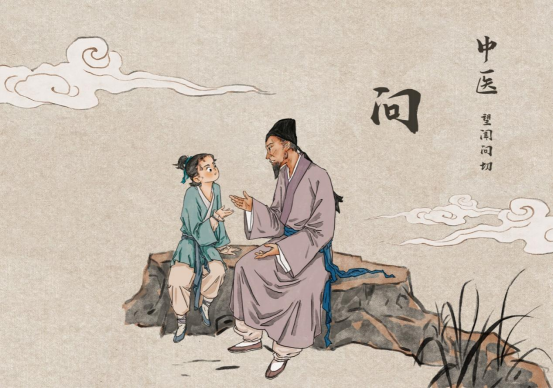 Inquiry refers to asking the patient about their symptoms, previous illnesses, etc. The Ming Dynasty physician Zhang Jingyue summarized the main content of inquiry into “Ten Questions”, which he compiled into a song: “First ask about cold and heat, second ask about sweating, third ask about head and body, fourth ask about bowel movements, fifth ask about diet, sixth ask about chest and abdomen, seventh ask about deafness, eighth ask about thirst, all should be distinguished; ninth ask about past illnesses, tenth ask about causes, and also consider medication changes.”Because TCM emphasizes differentiation of syndromes and treatment, even the same disease may have different treatment methods for different constitutions. Therefore, before treatment, it is essential to inquire about the patient’s living environment, climate, dietary preferences, emotional state, and constitution type.
Inquiry refers to asking the patient about their symptoms, previous illnesses, etc. The Ming Dynasty physician Zhang Jingyue summarized the main content of inquiry into “Ten Questions”, which he compiled into a song: “First ask about cold and heat, second ask about sweating, third ask about head and body, fourth ask about bowel movements, fifth ask about diet, sixth ask about chest and abdomen, seventh ask about deafness, eighth ask about thirst, all should be distinguished; ninth ask about past illnesses, tenth ask about causes, and also consider medication changes.”Because TCM emphasizes differentiation of syndromes and treatment, even the same disease may have different treatment methods for different constitutions. Therefore, before treatment, it is essential to inquire about the patient’s living environment, climate, dietary preferences, emotional state, and constitution type.
Palpation (切诊, qiè zhěn)
Diagnosis (诊, zhěn)
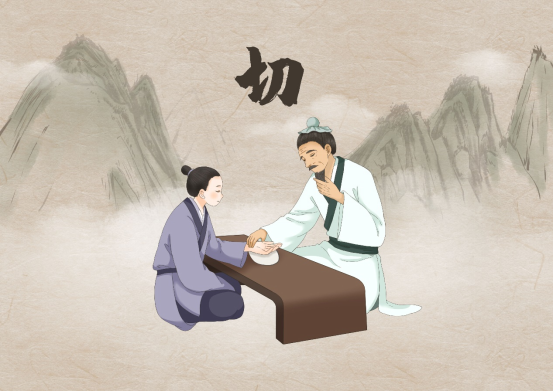 Palpation involves the doctor using their fingers or hands to touch, feel, press, and apply pressure to certain areas of the patient to understand their condition and diagnose diseases. Palpation plays a crucial role in obtaining health and disease information and acquiring important differentiation data. It includes pressing and pulse taking.Pressing refers to the doctor examining the patient with their hands to determine whether the body parts are cold or hot, moist or dry, soft or hard, and whether there is tenderness, swelling, or other abnormal changes, thus inferring the location, nature, and severity of the disease.
Palpation involves the doctor using their fingers or hands to touch, feel, press, and apply pressure to certain areas of the patient to understand their condition and diagnose diseases. Palpation plays a crucial role in obtaining health and disease information and acquiring important differentiation data. It includes pressing and pulse taking.Pressing refers to the doctor examining the patient with their hands to determine whether the body parts are cold or hot, moist or dry, soft or hard, and whether there is tenderness, swelling, or other abnormal changes, thus inferring the location, nature, and severity of the disease.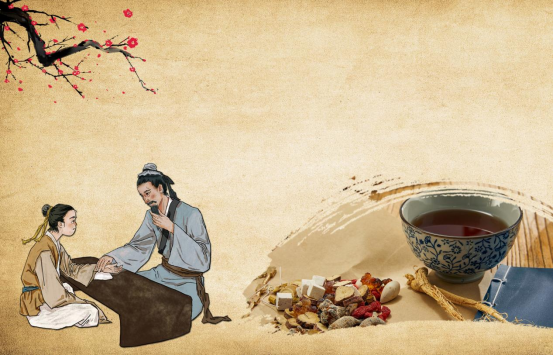 Pulse taking, commonly referred to as pulse diagnosis, involves the doctor pressing on specific superficial arteries of the patient to perceive the pulse’s characteristics and understand the body’s condition. TCM believes that the blood vessels connect throughout the body, linking the internal organs and the exterior. The heart governs the blood vessels, and the heart’s yang energy promotes the circulation of qi and blood within the vessels. Therefore, the pulse reflects comprehensive information about the functions of the internal organs, qi and blood, and yin and yang.Pulse diagnosis has been emphasized by TCM practitioners throughout history, and its theories and applications have continuously developed and improved, forming one of the most distinctive diagnostic methods in TCM.
Pulse taking, commonly referred to as pulse diagnosis, involves the doctor pressing on specific superficial arteries of the patient to perceive the pulse’s characteristics and understand the body’s condition. TCM believes that the blood vessels connect throughout the body, linking the internal organs and the exterior. The heart governs the blood vessels, and the heart’s yang energy promotes the circulation of qi and blood within the vessels. Therefore, the pulse reflects comprehensive information about the functions of the internal organs, qi and blood, and yin and yang.Pulse diagnosis has been emphasized by TCM practitioners throughout history, and its theories and applications have continuously developed and improved, forming one of the most distinctive diagnostic methods in TCM.
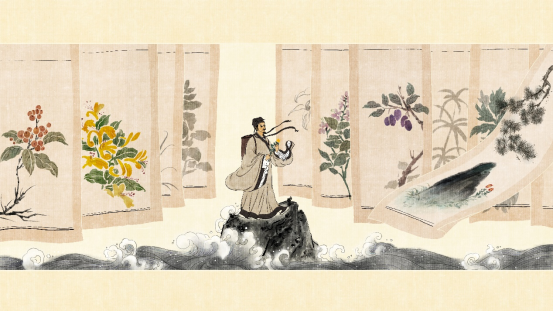 Observation, listening, inquiry, and palpation are the four diagnostic methods in TCM for investigating and understanding diseases. They complement and validate each other, each having its unique role and cannot replace one another.
Observation, listening, inquiry, and palpation are the four diagnostic methods in TCM for investigating and understanding diseases. They complement and validate each other, each having its unique role and cannot replace one another.
Experts from the Dong’e Double Glue Medicinal Paste Research Institute adhere to the diagnostic principle of “the Four Diagnostic Methods”,where observation includes listening, listening includes inquiry, and inquiry includes palpation, comprehensively examining the patient’s condition to make accurate diagnoses and alleviate patient suffering.
